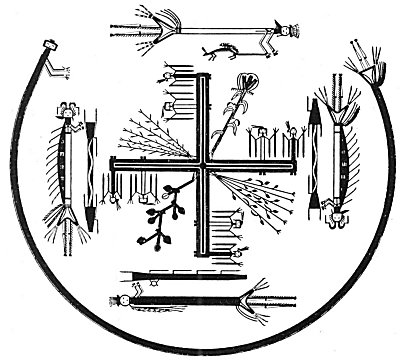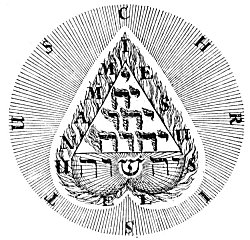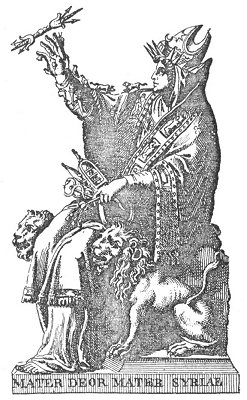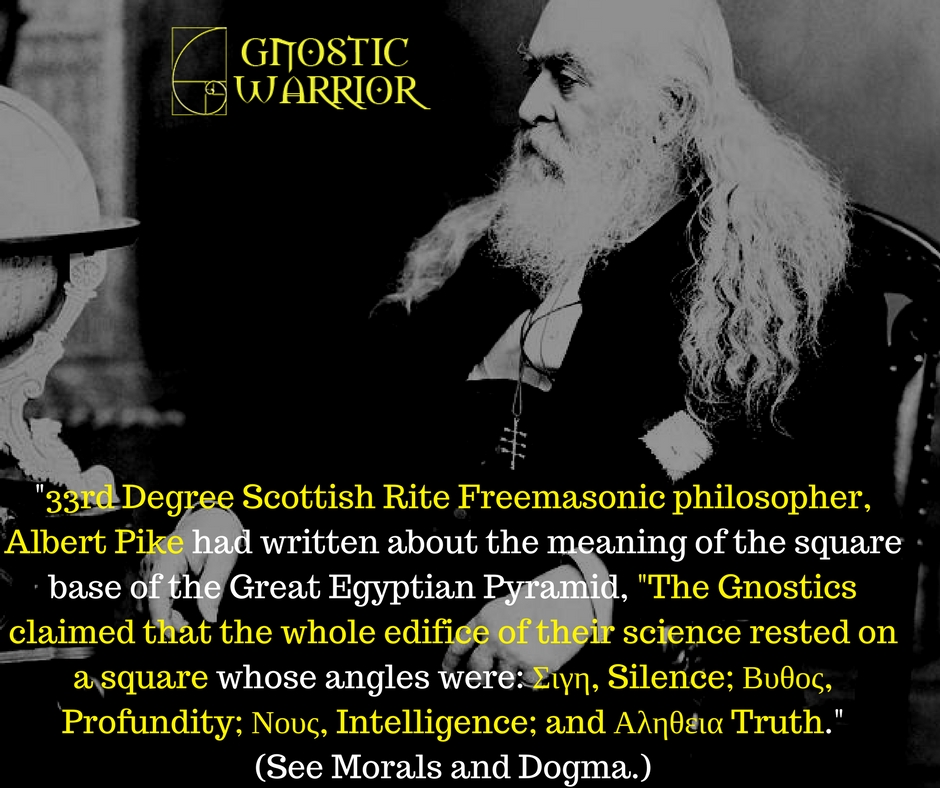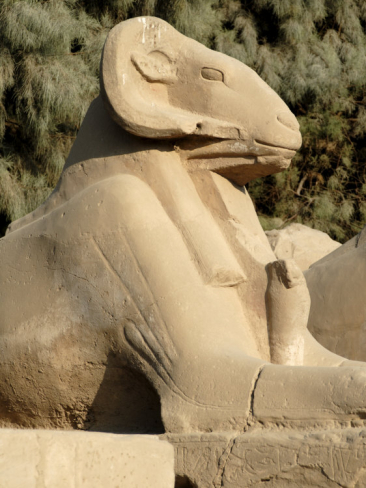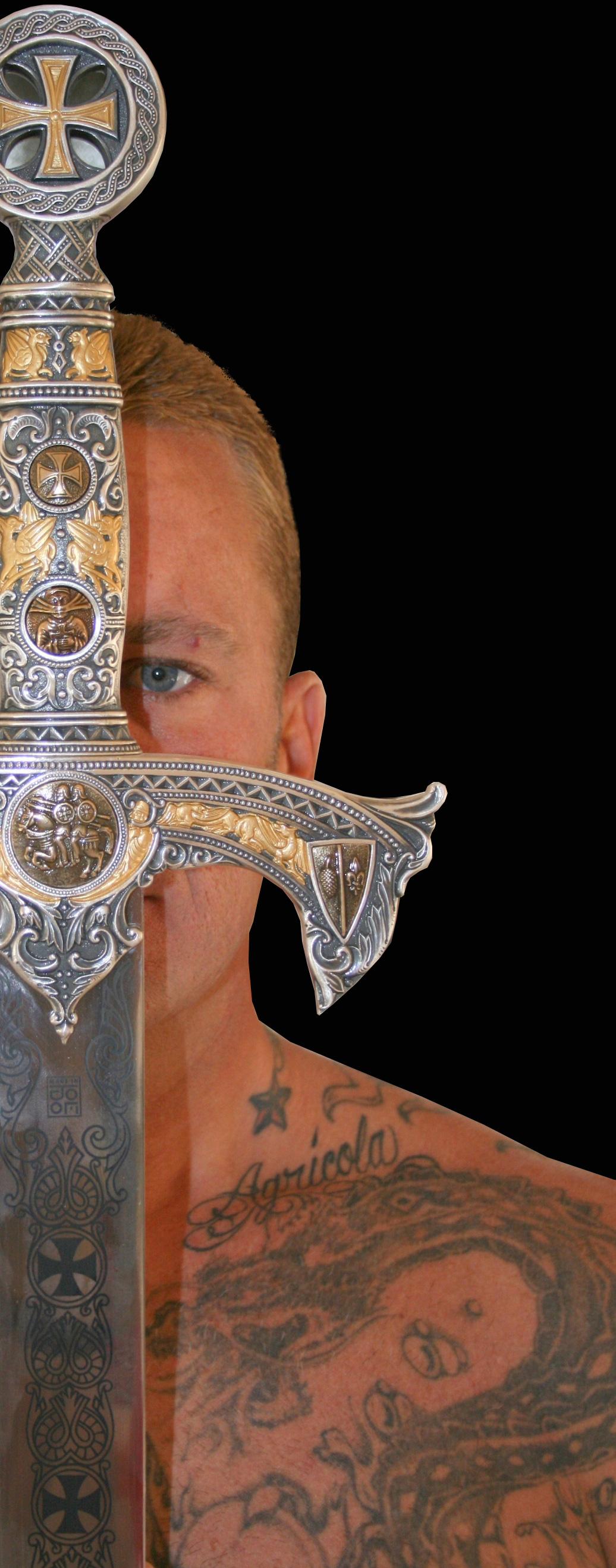The checkerboard floor upon which the modern Freemasonic lodge stands is the old tracing board of the Dionysiac Architects, and while the modern organization is no longer limited to workmen’s guilds it still preserves in its symbols the metaphysical doctrines of the ancient society of which it is presumably the outgrowth. The investigator of the origin of Freemasonic symbolism who desires to trace the development of the order through the ages will find a practical suggestion in the following statement of Charles W. Heckethorn:
“But considering that Freemasonry is a tree the roots of which spread through so many soils, it follows that traces thereof must be found in its fruit; that its language and ritual should retain much of the various sects and institutions it has passed through before arriving at their present state, and in Masonry we meet with Indian, Egyptian, Jewish, and Christian ideas, terms therefrom the supreme ambition of their craft and symbols.” (See The Secret Societies of All Ages and Countries.)
The Roman Collegia of skilled architects were apparently a subdivision of the greater Ionian body, their principles and organization being practically identical with the older Ionian institution. It has been suspected that the Dionysians also profoundly influenced early Islamic culture, for part of their symbolism found its way into the Mysteries of the dervishes. At one time the Dionysians referred to themselves as Sons of Solomon, and one of the most important of their symbols was the Seal of Solomon–two interlaced triangles. This motif is frequently seen in conspicuous parts of Mohammedan mosques. The Knights Templars–who were suspected of anything and everything–are believed to have contacted these Dionysiac artificers and to have introduced many of their symbols and doctrines into mediæval Europe. But Freemasonry most of all owes to the Dionysiac cult the great mass of its symbols and rituals which are related to the science of architecture. From these ancient and illustrious artisans it also received the legacy of the unfinished Temple of Civilization-that vast, invisible structure upon which these initiated builders have labored continuously since the inception of their fraternity. This mighty edifice, which has fallen and been rebuilt time after time but whose foundations remain unmoved, is the true Everlasting House of which the temple on the brow of Mount Moriah was but an impermanent symbol.
Aside from the operative aspect of their order, the Dionysiac Architects had a speculative philosophic code. Human society they considered as a rough and untrued ashlar but lately chiseled from the quarry of elemental Nature. This crude block was the true object upon which these skilled craftsmen labored–polishing it, squaring it, and with the aid of fine carvings transforming it into a miracle of beauty. While mystics released their souls from the bondage of matter by meditation and philosophers found their keenest joy in the profundities of thought, these master workmen achieved liberation from the Wheel of Life and Death by learning to swing their hammers with the same rhythm that moves the swirling forces of Cosmos. They venerated the Deity under the guise of a Great Architect and Master Craftsman who was ever gouging rough ashlars from the fields of space and truing them into universes. The Dionysians affirmed constructiveness to be the supreme expression of the soul, and attuning themselves with the ever-visible constructive natural processes going on around them, believed immortality could be achieved by thus becoming a part of the creative agencies of Nature.
SOLOMON, THE PERSONIFICATION OF UNIVERSAL WISDOM
The name Solomon may be divided into three syllables, SOL-OM-ON, symbolizing light, glory, and truth collectively and respectively. The Temple of Solomon is, therefore, first of all “the House of Everlasting Light,” its earthly symbol being the temple of stone on the brow of Mount Moriah. According to the Mystery teachings, there are three Temples of Solomon–as there are three Grand Masters, three Witnesses, and three Tabernacles of the Transfiguration. The first temple is the Grand House of the Universe, in the midst of which sits the sun (SOL) upon his golden throne. The twelve signs of the zodiac as Fellow-Craftsmen gather around their shining lord. Three lights–the stellar, the solar, and the lunar–illuminate this Cosmic Temple. Accompanied by his retinue of planets, moons, and asteroids, this Divine King (SOLomon), whose glory no earthly monarch shall ever equal, passes in stately pomp down the avenues of space. Whereas CHiram represents the active physical light of the sun, SOLomon signifies its invisible but all-powerful, spiritual and intellectual effulgency.

Moe is the founder of GnosticWarrior.com. He is a father, husband, author, martial arts black belt, and an expert in Gnosticism, the occult, and esotericism.

